Cheap vs expensive bike helmet: what’s the difference?
Should you spend more to protect your head? We examine the fundamental differences between cheap and expensive bike helmets.
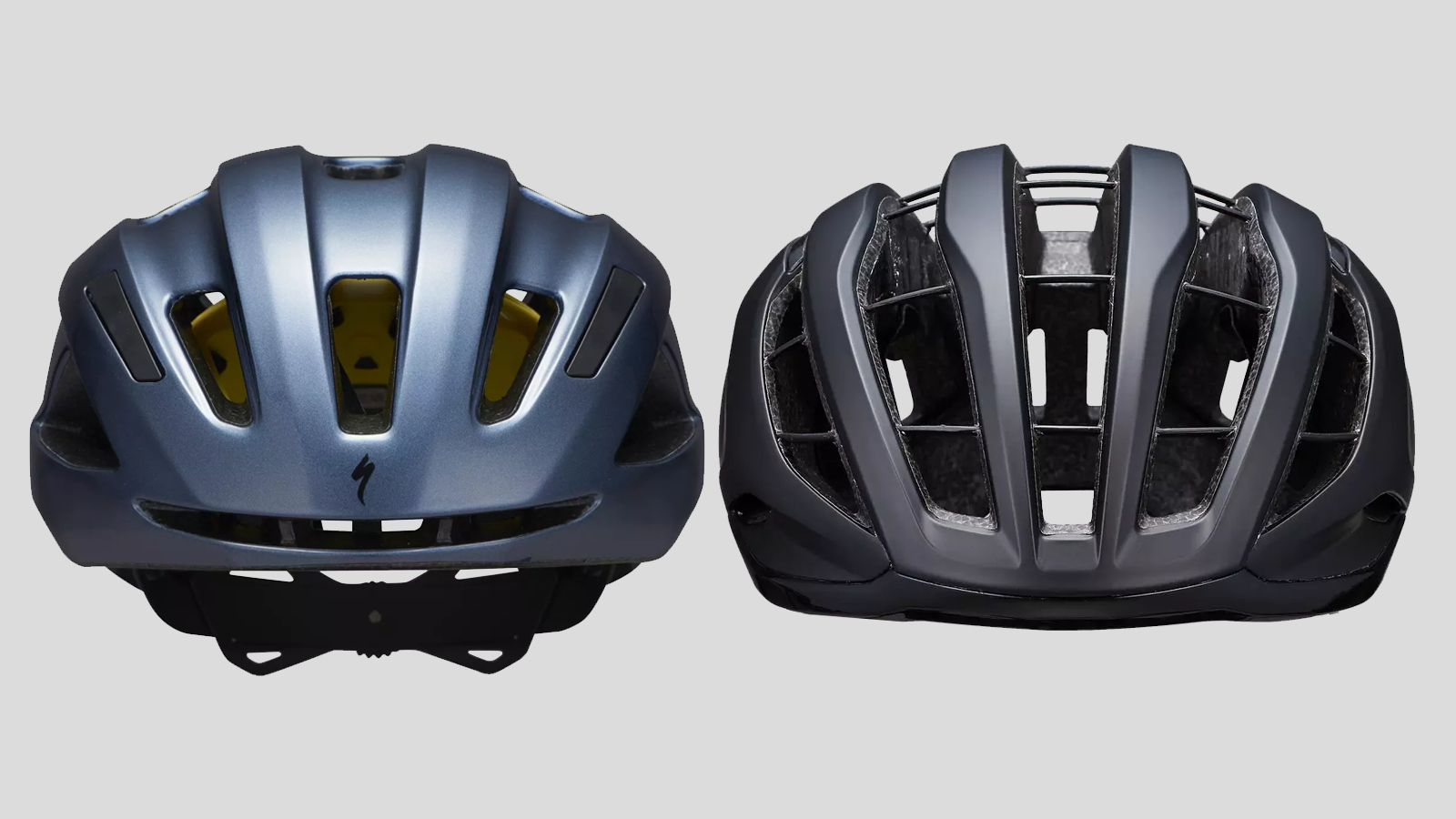
You can find bike helmets for $30, and you can find bike helmets for $300. Given the fundamental reason for purchasing one is to look after your head, it would be easy to assume that as you pay more, you’ll benefit from increased protection. However, this isn’t strictly true. What's the difference between cheap and expensive bike helmets, then?
In the EU and UK, helmets must conform to the EN1078 safety standard. In the USA, they have to meet the Consumer Product Safety Commission’s CPSC 1203 standard. Both these specify critical elements of the helmet’s design, including a minimum field of vision, shock absorbing properties, and the function of its retention system. They also mandate how the helmet will be tested and the results it must achieve.
Although the CPSC standard subjects helmets to slightly higher impact forces during testing, it and the EN standards are roughly comparable. So although you could make a lighter and lower profile helmet that meets the EN standard and not the CPSC standard, most manufacturers build to the higher standard and then sell a single product in both territories.
That your helmet conforms to either of these is as much independent information as you’re likely to find on its ability to protect you. So, what are you paying extra for?
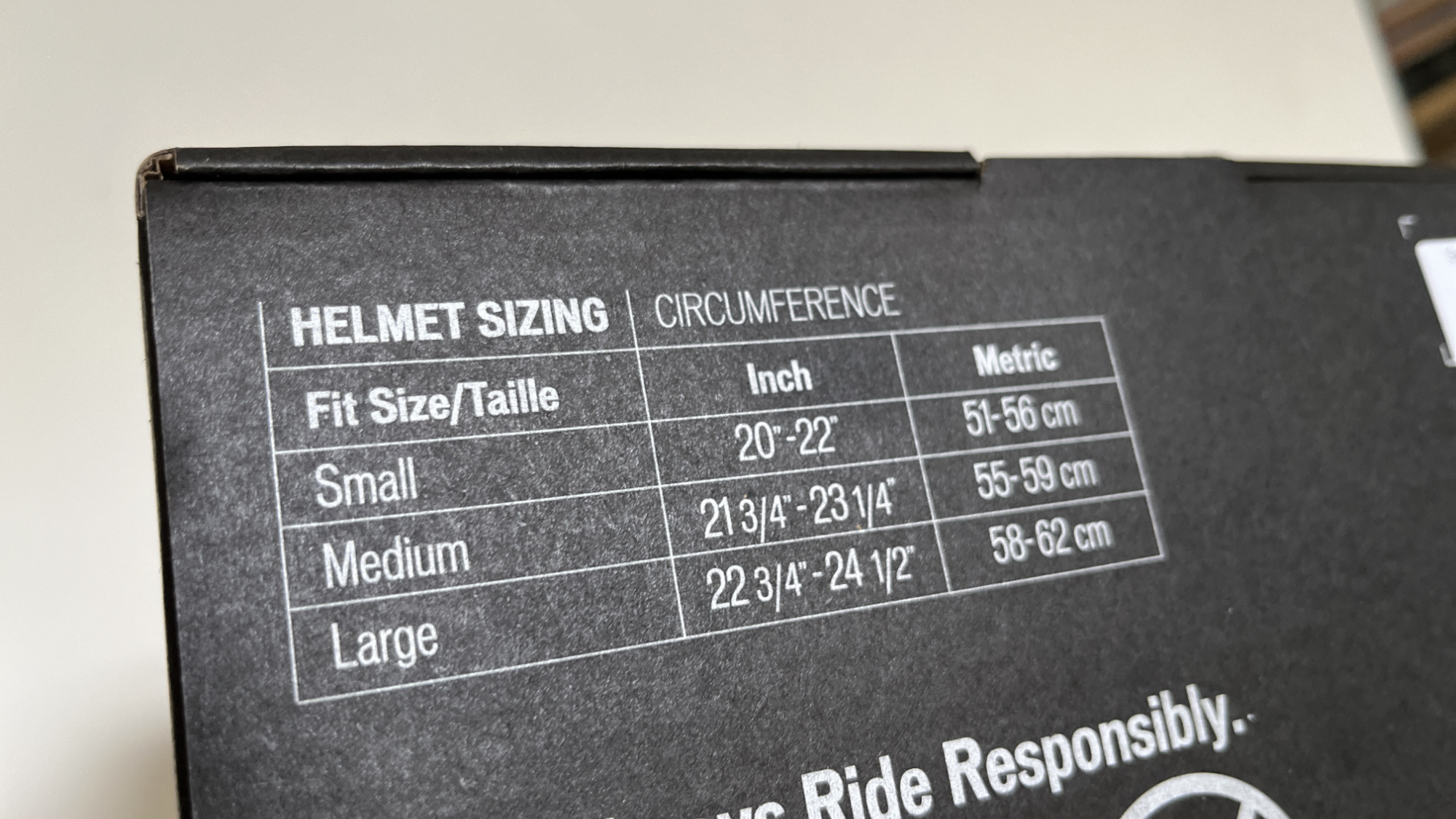
Sizing
Cheap bike helmets are generally uni-size. This suits the factories cranking them out and the retailers that have to store them. However, it also means the helmet’s adjustment system has to do a lot of work to accommodate a wide range of heads. This can sometimes result in a goofily large-looking helmet or a compromised fit. Spend a little more, and you’ll find models sold in S/M and M/L sizes. These offer a more tailored fit and might help you save a little weight or provide more room if you possess an enormous skull. Spend a bit more still and get one of the best road bike helmets and you’ll find they tend to come in a trio of sizes or more for an even better fit.
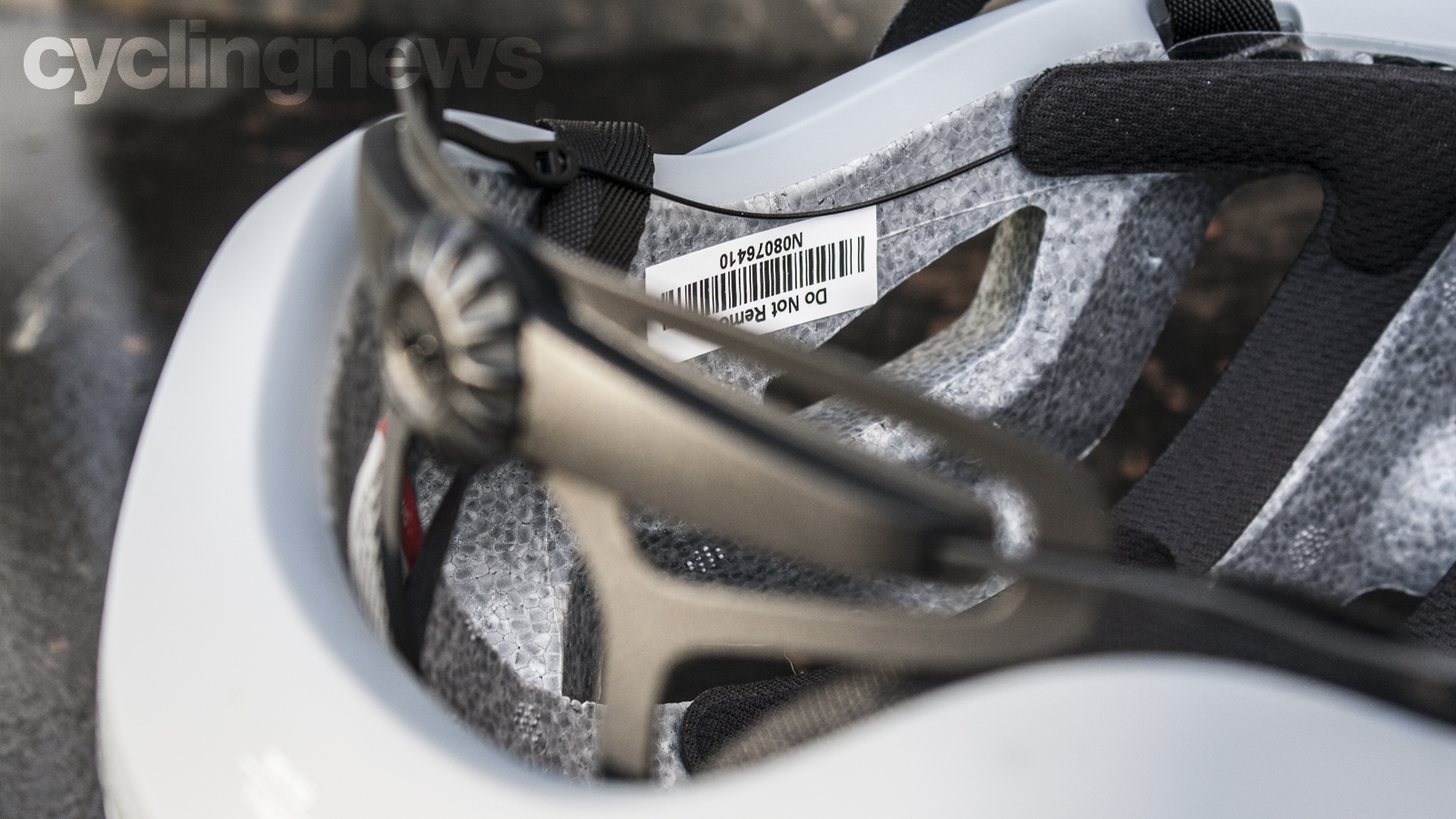
Weight
Made of expanded polystyrene (EPS), most helmets are inherently quite light. However, weight on your head is particularly noticeable. This and cyclists’ inherent love of all things low in mass means weight is a big selling point for helmets. The quest for a minimum-weight bike helmet is as likely to focus on its design as its materials. However, the poshest models like the POC Ventral Lite will aim to use minimalist straps and buckles, as well as whittling away the main body of the helmet.

Ventilation
One of the easiest ways to alleviate the feeling of wearing a helmet is to fill it full of holes. If designed correctly, these will suck in air, creating a flow that should keep your head cool. You’ll notice that expensive helmets often have more vents than cheaper ones, provided they aren't too aero-focussed. The increase in cost is due to the greater difficulty in designing a structure that protects your head while also letting air find a way through.
The latest race content, interviews, features, reviews and expert buying guides, direct to your inbox!
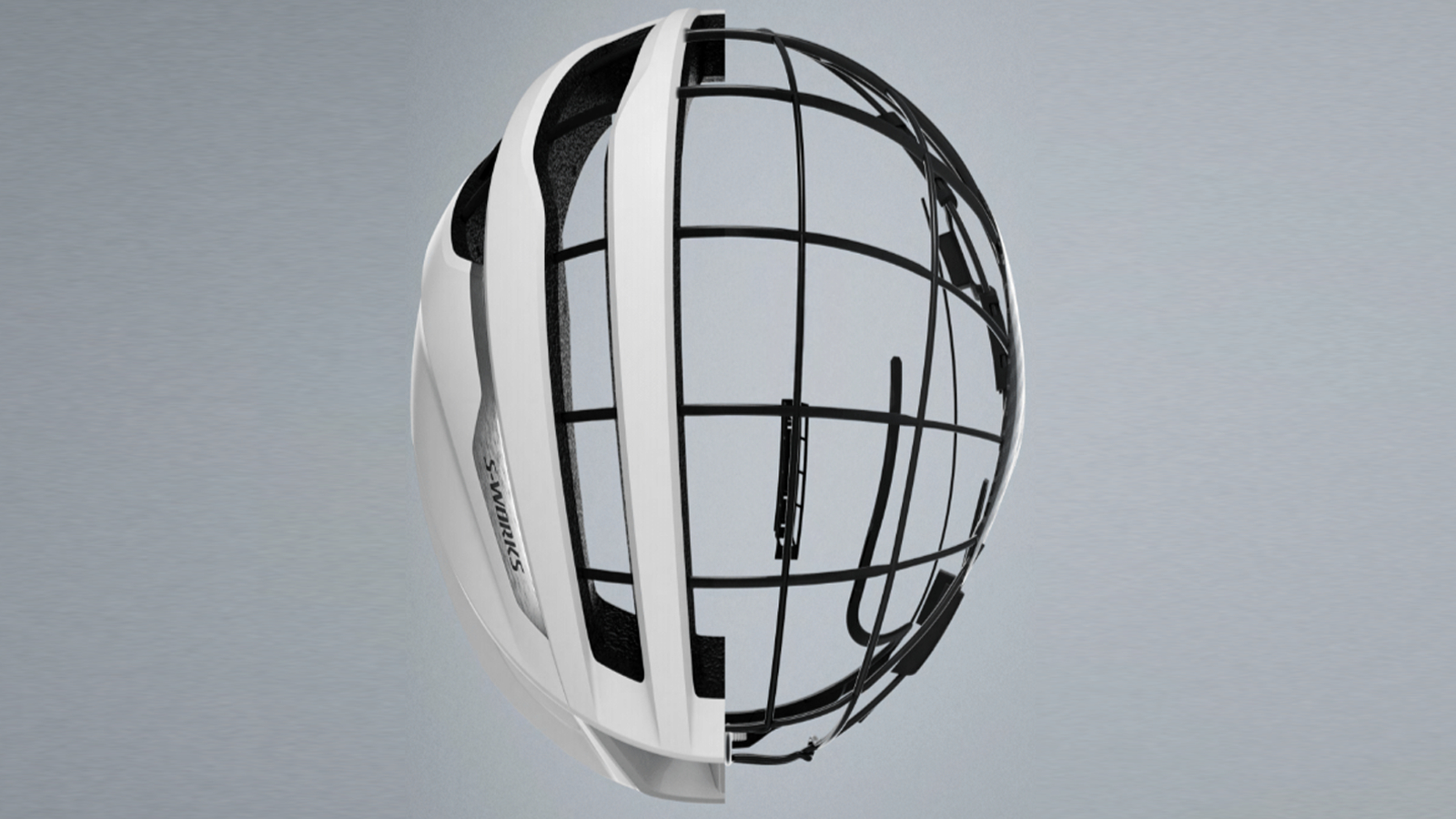
Construction
Most bike helmets are pretty simple, being composed of a hard outer plastic shell surrounding an ESP inner. However, not all helmets are made the same way. One thing to look out for is an ‘in-mould’ construction. This is where the inner part of the helmet is expanded into the shell during manufacture to create a single structure of superior strength and lower weight. Once restricted to more expensive models, in-mould construction is now almost universal. Occasionally helmet makers will also use internal reinforcement to create larger vents while retaining structural integrity. An example is the aramid 'Aircage' used in Specialized’s latest Prevail III helmet.
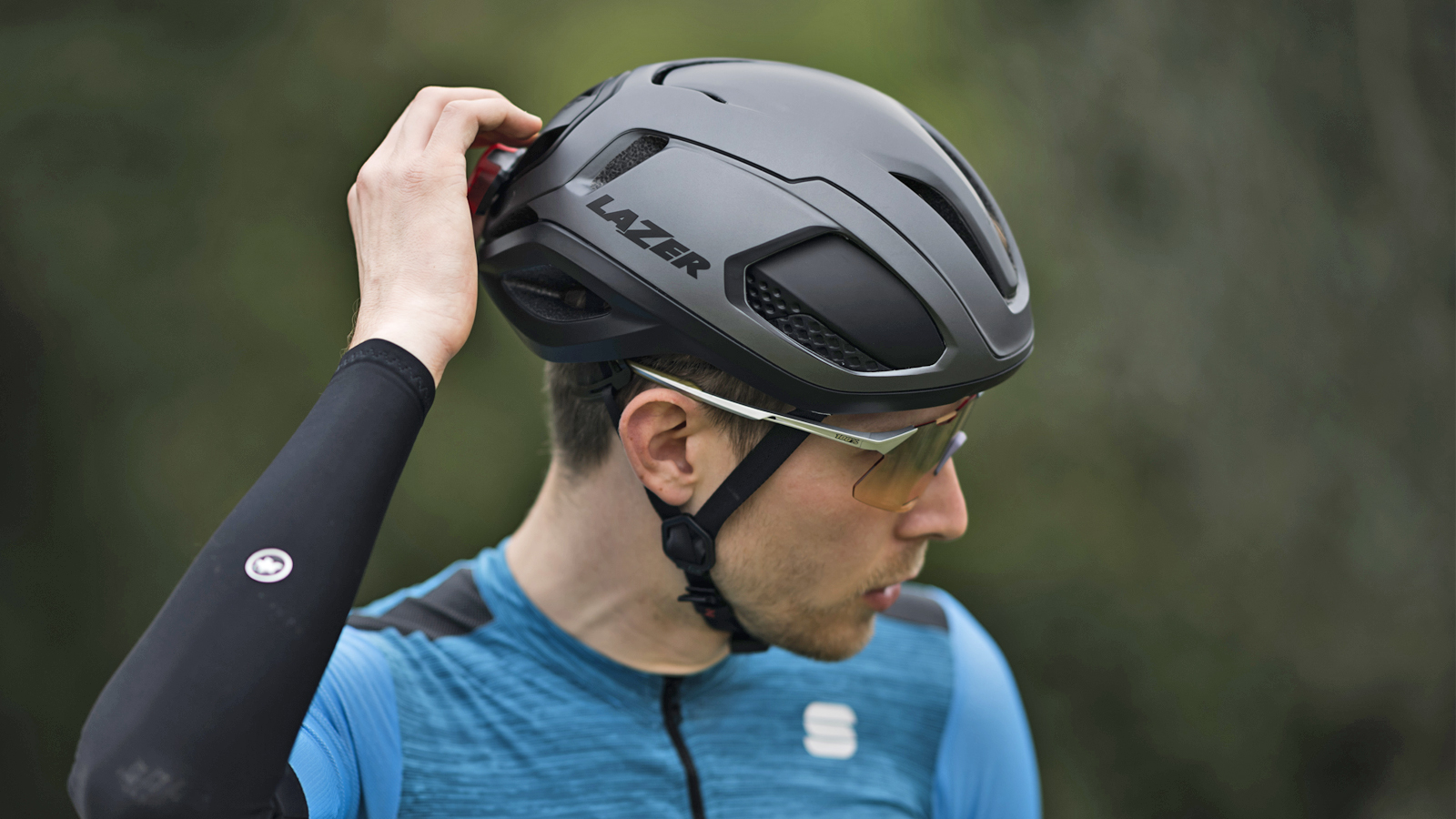
Aerodynamics
In recent years, helmet designers have made a particular effort to make their products more aerodynamic. This has been driven by a greater understanding of how much drag the average helmet can produce. Unfortunately, the best aero helmets aren’t those broken up by multiple vents. This means balancing the need for cooling with creating a silhouette that slips easily through the air. And while there’s not much reason why an aerodynamic helmet should cost more to produce, the increased research and design requirements are often reflected in the final cost.
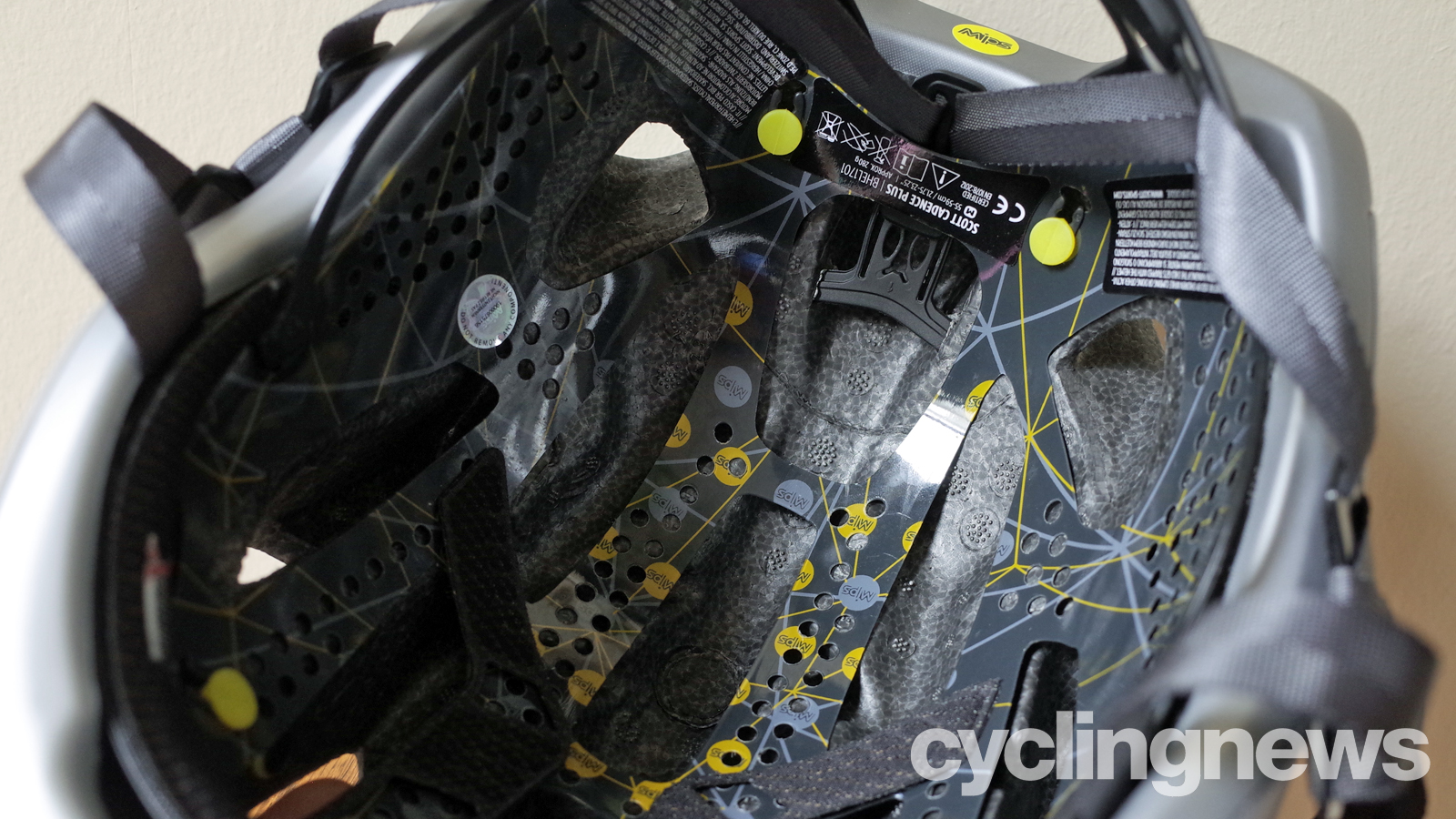
Rotational impact protection
The danger of concussive injuries is increasingly understood. As a result, several systems have sprung up that claim to reduce twisting forces applied to the brain from glancing blows or to slow the force of an impact in a more controlled way. The best known of these is MIPS (Multi-directional Impact Protection System). This takes the form of a slip plane liner located between the helmet and the wearer’s head. In case of an oblique impact, it allows for a few degrees of movement, which should reduce twisting forces applied to the wearer’s head.
Now widespread, MIPS helmets command a slight premium in price. Other materials attempting to provide more tailored protection than standard EPS foam are Koroyd or WaveCel. Given the complex nature of helmet testing, it’s hard to verify their makers’ claims independently.
Features
These can be small things, like neat dividers on the straps that help them sit flush against your face, or consideration for where you'll slot your sunglasses when you're not wearing them, or more significant items like the retention system that should hold the helmet in place without creating undue pressure. As you spend more, these should increase in sophistication. Another critical area to look out for is the quality of the padding, along with whether it’s washable or replaceable. More recently, some helmets have also started to include electronics. These could be in the form of integrated lighting or even crash detection devices that can automatically summon help in the event of a crash via your phone.

Styling
Let’s not pretend styling isn’t vital. Related to cost, because brands push the best looks further up their hierarchy, more expensive helmets often look better. A second reason for this can be their lower volume. Racing models are usually kept low in profile to improve aerodynamics. However, while less volume will help you avoid looking bobble-headed, it’s not always the best way to make a helmet. Instead, surrounding your head with more EPS foam is probably the way to go. As a result, you’ll have to trust that the helmet’s maker has made the right call between looks and practicality.
Research and design
A lot of effort goes into creating a new bike helmet. So while the production cost of each item is relatively small, the investment in research and design behind them is significant. Most manufacturers will recoup this by making you pay a premium for their newest creations. Recently this has been obvious in the transfer of aerodynamic designs from the top-end down to the mid-range. The good news for budget-conscious consumers is that if you wait around long enough, most of the beneficial features will eventually make it to the entry-level.